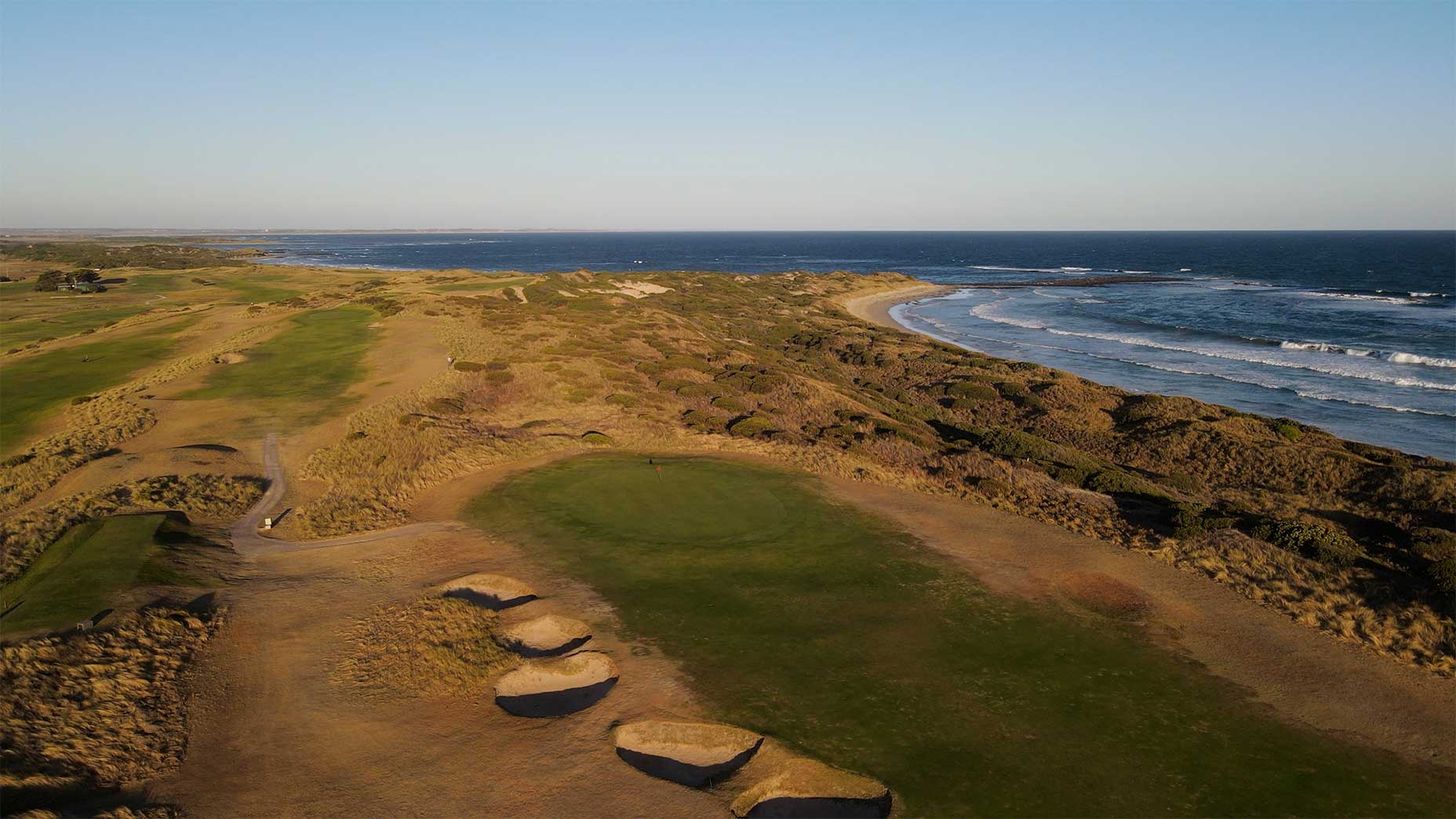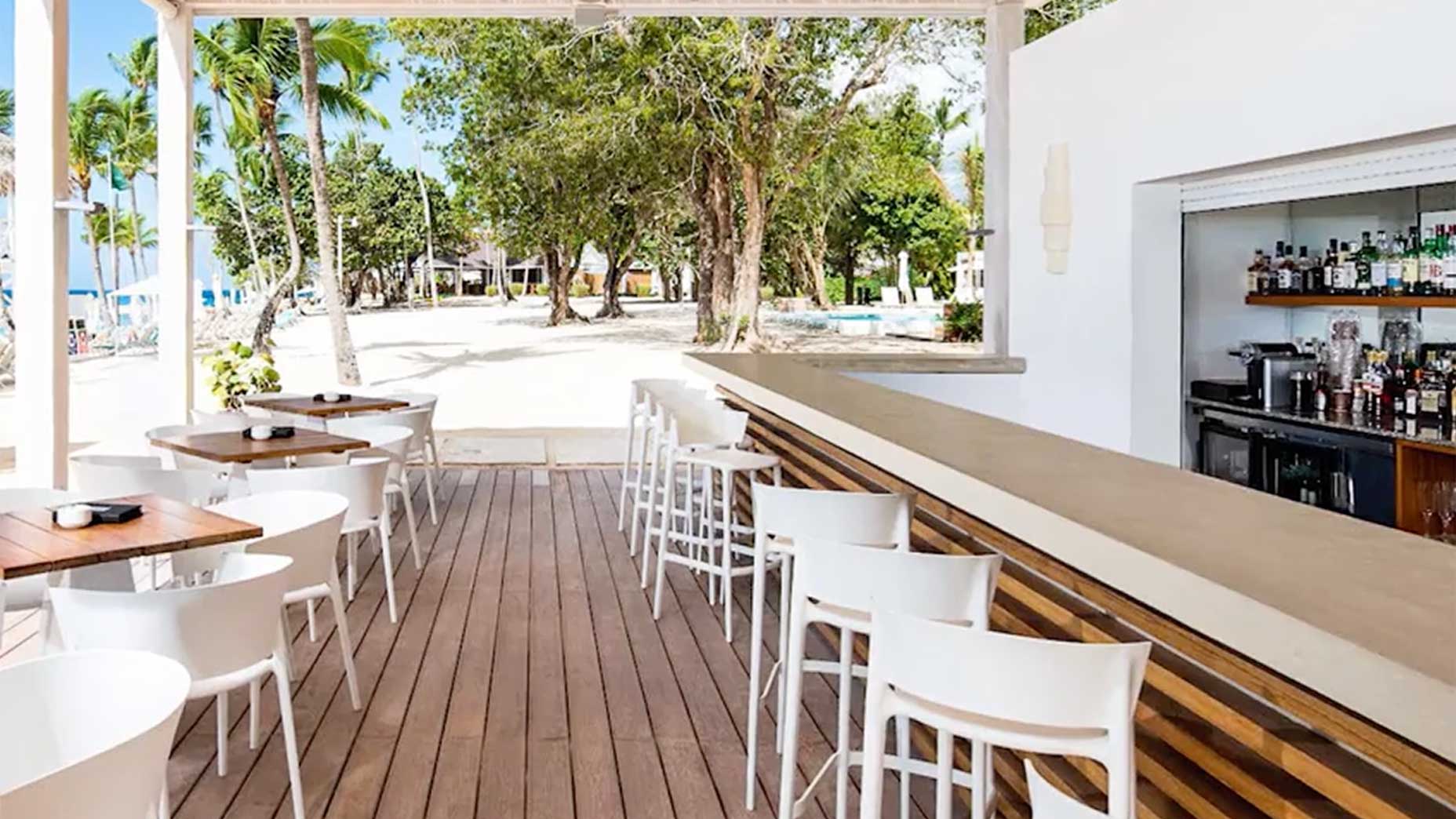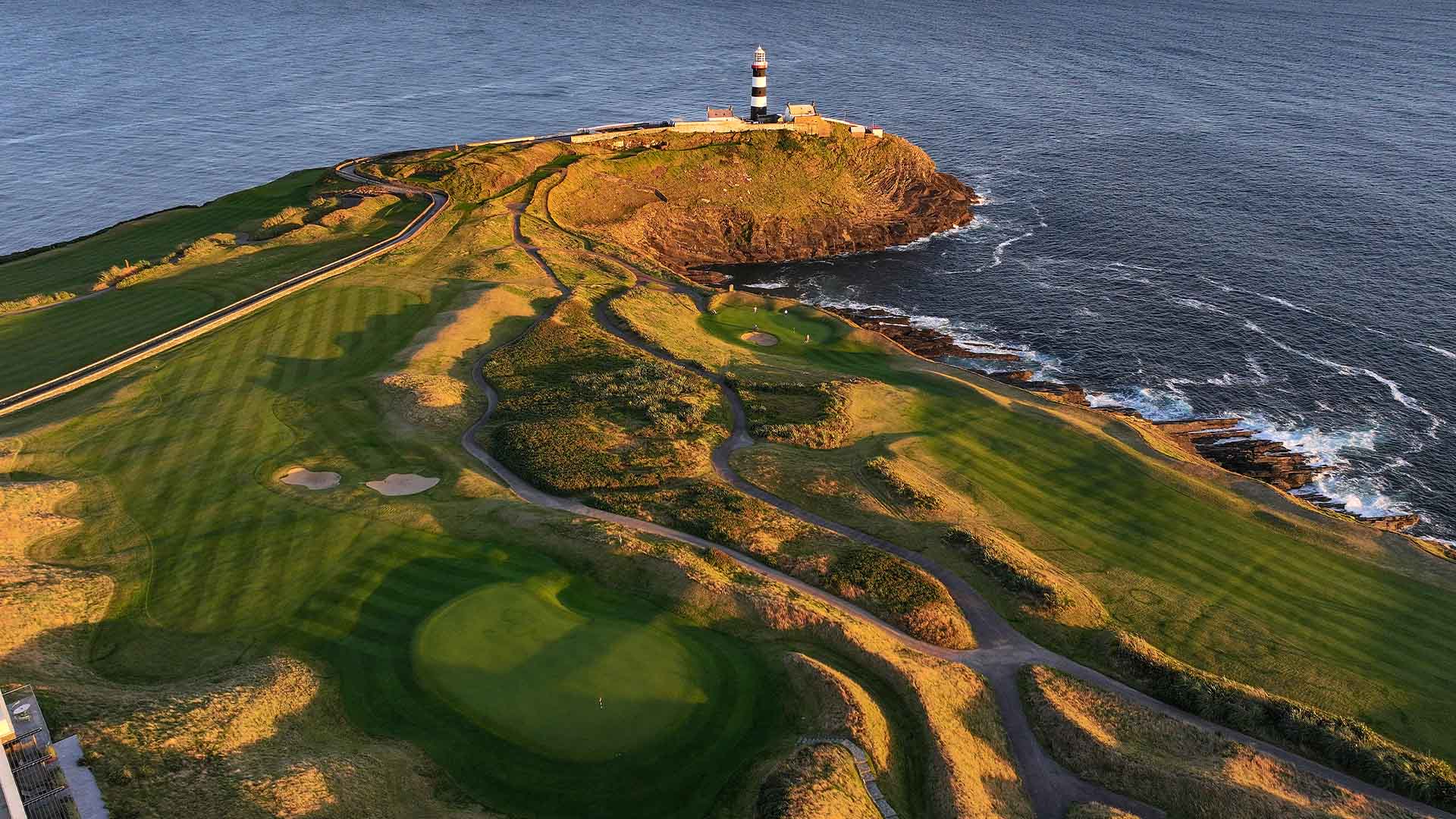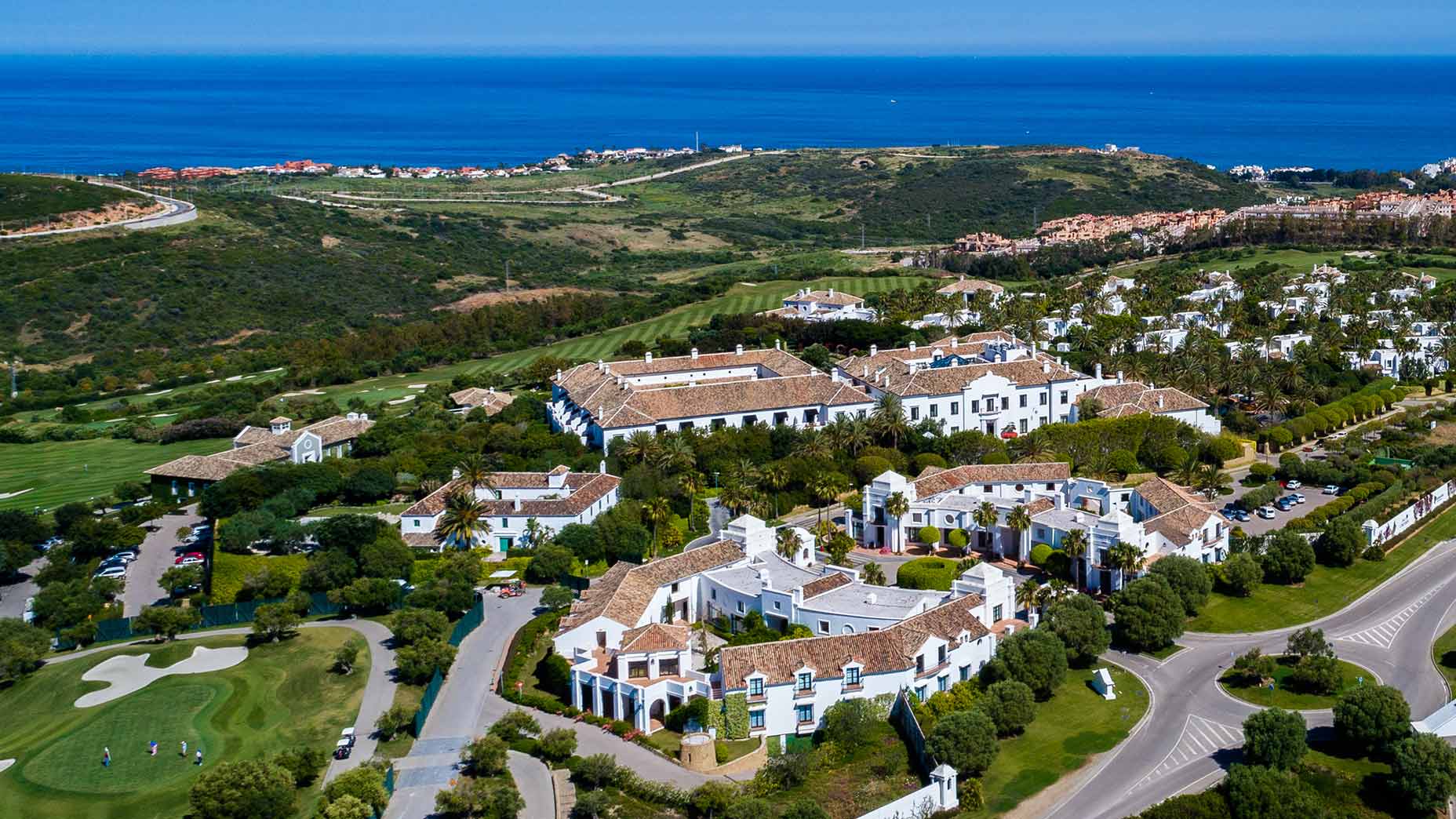 Houston golf guide: 6 great public-access courses near Memorial Park
Houston golf guide: 6 great public-access courses near Memorial Park
The 11 toughest tee times in the world to get
The courses featured on our ranking of the world’s best are always challenging and often beautiful, but some of them will never be accused of being welcoming, even to the paying members. These are our picks for the most elusive tee times in the the world.
Cypress Point Club, Pebble Beach, CA (World Ranking: 2)
Bob Hope once memorably summed up Cypress Point: “One year they had a big membership drive at Cypress. They drove out 40 members.” Hope was himself a member for more than 40 years, but he didn’t recall playing there more than a half-dozen times outside of the “Crosby Clambake.” He still paid, however. At the end of every year Cypress Point divides its total operating costs evenly among the members, even if they never set foot on the property that year.
Augusta National Golf Club, Augusta, GA. (World Ranking: 9)
The 300 or so members of Augusta National include generations of Southern society folks and corporate titans who are discouraged from using the club too often. Microsoft founder Bill Gates was kept out for years for the sin of stating publicly that he wanted in. He made it, eventually.
Ellerston, Australia (World Ranking: T-77)
When it opened, in 2001, this Greg Norman-Bob Harrison design had a membership of one: the Australian media mogul Kerry Packer, who had the course built on his private estate in a remote swatch of New South Wales. Packer died in 2005, and his will did not direct the club to turn into muni. Access requires an invite from a member of the Packer inner circle. Norman was one of Packer’s buddies. So if you’ve got the Shark on speed dial, you might try him.

Morfontaine, France (World Ranking: 41)
Voulez-vous jouer au golf ici? Yeah, well, bonne chance. A lot of folks would like to peg it at this glorious heathland layout, some 40 miles north of Paris. Very few get the opportunity. Built in 1913 as a private playground for the 12th Duke of Gramont, it remains a hush-hush redoubt for French golf royalty, and others in possession of princely fortunes. Unaccompanied play is pretty much unheard of, so unless you’re tight with one of the Duke’s descendants, we’re not optimistic that you’ll be getting on.
Seminole Golf Club, Juno Beach, FL (World Ranking: 34)
Ben Hogan used to practice here for 30 straight days every spring to prepare for the Masters. He once said, “If I were a young man going on the pro tour, I’d try to make arrangements to get on Seminole. If you can play Seminole, you can play any course in the world.” Easier said than done.
National Golf Links of America, Southampton, N.Y. (World Ranking: 5)
Home to the first collection of “all-star” holes in the United States, courtesy of pioneering architect and club founder C.B. Macdonald, this museum piece in the ritzy Hamptons is renowned for serving the best lunch in American golf. Just not to outsiders. Wandering amid the windmills, punchbowl greens and views of Peconic Bay is a membership that values its privacy. Just take it from a couple of PGA Tour winners who asked to come tee it up after missing the cut at the 1995 U.S. Open at nearby Shinnecock Hills. “Certainly,” they were told. “Who is the member with whom you’ll be playing?”

ADVERTISEMENT
Chicago Golf Club, Wheaton, Ill. (World Ranking: 19)
One of the five founding clubs of the United States Golf Association in 1894, Chicago was also the site of the nation’s first 18-hole course and the first to host the U.S. Open outside of the Northeast. With a little more than 100 members and a steeplechase worth of hurdles to clear in order to get in, it’s no wonder that little has changed there in 100 years. Driving up to the colonnaded white clubhouse, you half expect to see a horse buggy come ’round the bend.
The Country Club, Brookline, Mass. (World Ranking: 38)
Start with the name: this place is so old and crammed full of Boston bluebloods that it didn’t need any further qualifiers. Brookline, as it is often known, is the very first “country club” in the United States, dating to 1882, and was another of the USGA’s founding clubs. It was here that neighborhood lad Francis Ouimet put American golf on the map with his stunning 1913 U.S. Open upset of Brits Harry Vardon and Ted Ray, but membership policies haven’t changed perceptibly since that time. If you have to as — as Tom Brady reportedly has — you’re not getting in.
Fishers Island Club, Fishers Island, N.Y. (World Ranking: 18)
Accessible only by ferry, this summer resort island off Connecticut is populated by the oldest of the old money crowd and is almost as difficult to get to as it is to join. Architect Tom Doak said, “I cannot deny that on a breezy summer’s day, Fishers Island is one of the most idyllic places possible for a round of golf.” No doubt the ambience is enhanced by the paucity of players roaming its Seth Raynor-designed fairways.
 "/>
"/>Muirfield Golf Club, Gullane, Scotland (World Ranking: 12)
The Honourable Company of Edinburgh Golfers lays claim to what some call, “The rudest club in golf,” but they did write the first rules of golf, back in 1744. Apparently, one of the unwritten rules is that they can keep company with whom they wish. Right after he won the British Open there in 1980, Tom Watson grabbed pals Ben Crenshaw, Andy North and Tom Weiskopf for a few after-dinner swings. Club officials promptly escorted them off the course. And in 1991, reigning U.S. Open Champion Payne Stewart asked to play with friends on one of the visitor days to practice for the British Open. He was curtly told the club was fully booked.
Hirono, Kobe, Japan (World Ranking: 39)
In a nation that prides itself on custom and formality, its finest club illuminates those virtues perfectly. If you think obtaining inexpensive Kobe beef is tough, try getting a tee time at this Golden Age C.H. Alison design. Despite its top-tier ranking, the intensely private club has played host to only two events of note: the Japan Amateur and the Japan Open, both held in the 1930s. A recent restoration by Martin Ebert has returned the course to Alison’s original intent, and made a round here more coveted than ever.
To receive GOLF’s all-new newsletters, subscribe for free here.
ADVERTISEMENT






